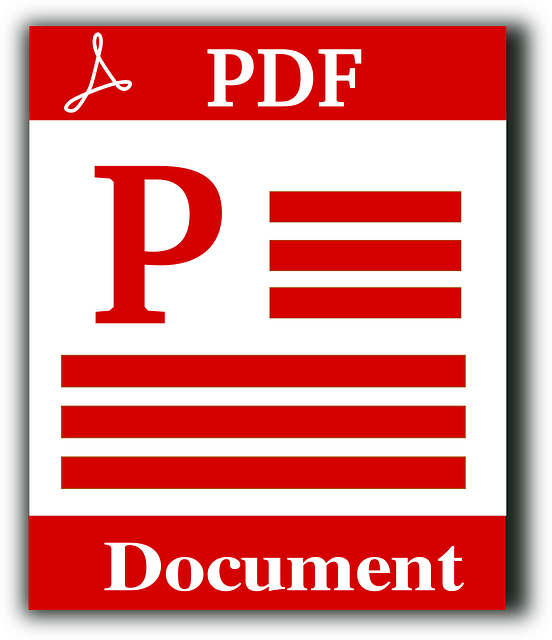
assessment and planning in health programs. second edition. pdf
Approach to Planning Health Program Appraisal
Appreciably appraising and planning for health would therefore mean a sound health program. “Appraisal and Planning in Health Programs. Second Edition” is a very useful resource focusing on tools and strategies for the designing, evaluating, and improvement of health programs. It involves many suitable principles and frameworks about health program planning, throws some challenges in the way of the reader; it offers just such an informed overview to students, professionals, and organizations eager to contribute or get an edge in public health.
Definition of Health Program Assessment and Planning
Health program planning and evaluation determine what needs to be done, sets a goal, determines resources used, and evaluation of the outcome concerning the intervention directed toward the increase in the community health. In other words, this gives way to further steps that would bring the object of the program into meaningful interventions in the health area.
Health Program Planning and Its Historical Context
Of course, planning traces its roots way back several decades ago by following the parent’s methods in health programs with evolution on the advancement of public health needs came along with other new approaches and techniques.
Indeed, the discipline changed from early origins in public health movements to current high-tech approaches focusing on evidence-based interventions
Purpose and Importance of Evaluation in Health Programmes
Since this region of health issues has to be measured so that proper conception can be obtained regarding nature, therefore, systematic reviewing of needs will benefit the health professionals with priorities about which area needs to be intervened with right resources and measures the strategy .
There will also be maximization of positive outcomes along with proper targeting of the programs towards the enhancement of the root health.
Identify Health Needs in Communities
This includes demographic and socio-economic characteristics, as well as identified health problems. For instance, a survey, focus groups, or epidemiologic data can be very useful. For example, this helps identify the areas with health problems and populations that would need more focus.
Data Collection and Analysis
An adequate base built in data gathering and proper analysis will support an adequate review of a health program. Data can be acquired from national health sources down to local health surveys. Once these analytic tools are used, then it supports the determination of trends, monitoring of health risks, monitoring over time, and, in the long run, developing a targeted program.
Elements of planning in health programs
Most of these indeed seem obvious in nature when trying to design the health programs but are to be included as part of a bundle of elements. All of them come in forms of parts of useful foundations for a successful initiative. Some of them are relatively obvious goals, resources, and continuous evaluation of the program to guide the process of adjusting the direction and effectiveness of the programs.
Objectives and Goals:.

Objectives Definition of objectives
Objectives Defined steps but measurable: need to set focus on a step toward the achievement of set goals in the course of running toward achieving results. Overall goals give the major result. In health objectives give professionals defined objectives since they trace on the progress and an opportunity to make necessary corrections along the way to enable them ensure that the interventions are relevant and impactful.
It means the availability and lack of them. In this case, as regards this, it is implemented in such a way that the full impacts are realized at the lowest cost possible in all areas of personal training as well as infrastructural opportunities amongst others.
Outcome Evaluation
This might be the continuum in measuring both the short and the long results of the program. Questionnaires, interviews, and statistical analysis are but a few. Evaluation tends to increase the transparency of the actions taken or decisions made. Therefore, stakeholders will determine whether the program was successful or a failure in achieving set objectives.
Frameworks and Models for Health Program Evaluation
There are many models and framework applied for designing as well as the actual implementation of health programs. All such models’ base is developed at different stages of its usage in any kind of program implementation. Many such models might be exemplifying systematic, planned, implemented, managed, and evaluated health programs.
PRECEDE-PROCEED Model
Competing values framework
King’s model of goal attainment
Roper, Logan, and Tierney model
Glasper and Shuman model
This is called the PRECEDE-PROCEED Model, a generic framework elsewhere that begins with an attempt to establish a need in the community through the first part known as PRECEDE and then program development, implementation, and evaluation in the succeeding part known as PROCEED. Much room is made for input from the community and much emphasis put on the plan in general.
SWOT Analysis in Health Programs
END
Properly, one term that should be mentioned here is SWOT. One of the definitions of SWOT itself defined it as Strengths, Weaknesses, Opportunities, and Threats. One defines it as a kind of review analysis which helps in identifying strengths and weaknesses along with opportunities and threats posed by both internal and external factors in order to derive strategic benefits from them, finding probable problems while making appropriate alterations to reach maximum optimization of the program effectiveness.
Most of the time, many issues crooked health program planning at its knees from fewer budgetary inputs to cultural barriers. When the process of planning is proper, it is through proactive measures where issues at hand are being addressed all which makes this possible for good health initiatives.
Budgetary Limitations and Financing
This would imply that the health programs are compromised in the very basic reach and scope for the pitiful funding that is readily available. There would be a tendency of portraying ingenuity in the budgets and other avenues mobilization of resources such as grants and partnerships that would make a program workable.
Cultural and Societal Issues
For that reason, health programs ought, therefore to reflect the norm and ethos of the community of interest. That will be one sure way of having programs customized toward the local community support system hence ensuring effectiveness.
It is the attire that equips with technology; transforms the way and manner in which assessments and planning take place in health programs. Better tools in digital platforms accelerate data collection, communication channels, outreach, and targeting more people under surveillance to implement the health initiative undertaken.
Data Management Software
This, therefore, implies that all the health data collected, managed, analyzed and visualized is basically through data management software. This opportunity allows one to know the trends and patterns which make the decision. Data management software involves less time hence error-proof, giving time for planning on.
This enables telemedicine and remote assessment.
Telemedicine: among them are the assessment that the participants had to undergo with the help of telemedicine; however not among them are those whose tele may not be reached and other disadvantageous people. Technology provides opportunities for continued assessment; that is, health teams will monitor their patients and tweak the plan if need be.
Case studies: effective Health Program Reviews
Examples Cases Based on Real Projects Case studies can be abstracted on how the program and planning can contribute to the success of a program. Examples illustrate successful strategies, frameworks, and techniques that may be used by other health programs in conducting them.
Health Community-Based Programs
Such programs with standardized structures have a wider reach and have very significant influence in lowering down the prevalence of a disease.
Health Program Evaluation and Planning FAQs
What does health program evaluation achieve?
It is the process that identifies the need for the community and stating areas of intervention required also needed while determining effectiveness in health programs.
2. 3. What is SWOT analysis in health programme planning?
The SWOT analysis is a function that evaluates the health program through its strength and weakness as well as opportunities and threats that give guidance for making strategic decisions to reap maximum benefit.
4. Why is it that community participation is particularly very crucial to health planning?
Community participation brings about trust. It makes it culturally appropriate, and one can have more chance to effectively adopt the program.
- Health problems: involvement of technology in programming
Data management and communication monitors the change of the program for efficiency and accessibility purposes . - What would normally be some of the challenges that one would face while preparing health programs?
Normally there would include budget-problems, cultural ones as well as availability of all resources-a situation that requires strategic planning to overcome the challenges .
Conclusion
Indeed, it really becomes much higher value in health programs. Indeed, proper assessment and planning of a health program will enable proper identification of community needs, list of achievable goals, and measurement of stable progress to meaningfully surpass the efforts of making life better for all. “Assessment and Planning in Health Programs. Second Edition” – A Guide to Lasting Impact in Public Health.

